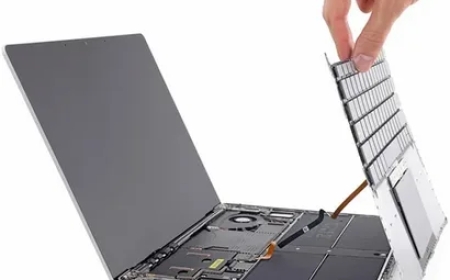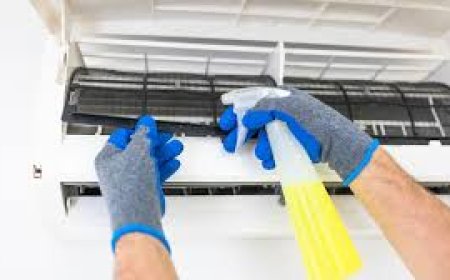What Tools Are Needed for a Professional Radon Mitigation Setup?
Discover the essential tools required for a successful radon mitigation system. From fans to sealants, learn what professionals use to lower radon levels effectively.

Setting up a professional radon mitigation system requires the right combination of tools and equipment. Without proper tools, even the best planning or technique can fall short. Whether you're a contractor or a homeowner tackling a DIY project, having the right gear ensures the system is not only installed correctly but functions reliably for years to come. Among the many elements involved, radon supplies play a key role in the foundation of the setup.
Understanding the Basics of Radon Mitigation Systems
Radon gas is naturally occurring, odorless, and can enter buildings through cracks in the foundation or gaps in construction. To reduce its levels, a mitigation system is installed to redirect the gas safely outside the home. This system typically involves a combination of piping, suction points, fans, and sealing materials.
The efficiency of the system largely depends on how well it is installedand that comes down to using the proper tools at each stage.
Drilling and Concrete Cutting Tools
Most systems begin by creating suction points through the foundation slab. This requires drilling into concrete, which calls for tools like:
-
Rotary hammer drills Heavy-duty drills used to bore through thick concrete slabs.
-
Diamond-tipped core bits Provide clean and precise holes for the suction point without cracking the surrounding surface.
-
Vacuum with HEPA filter Keeps the workspace clean and captures radon-laden dust during drilling.
These tools form the entry point for the entire system, so precision and cleanliness are essential at this phase.
PVC Cutting and Assembly Tools
PVC piping is the most commonly used material for radon mitigation systems. Cutting and fitting this piping requires specific tools to maintain airtight seals:
-
PVC pipe cutter or miter saw Ensures straight, clean cuts for proper joining.
-
Deburring tool Removes rough edges to improve the fit and seal of pipe joints.
-
PVC cement and primer Chemical adhesives that secure and seal each connection, preventing leaks or pressure loss.
Using quality cutting tools and sealants ensures the system operates with maximum airflow efficiency.
Airflow and Pressure Testing Equipment
Once the system is installed, it needs to be tested for functionality. Measuring airflow and system pressure helps confirm whether the system is effectively pulling radon from beneath the structure.
-
Manometer A simple but vital tool that displays pressure levels within the mitigation pipe.
-
Smoke pencil Used to test airflow and identify leaks around joints or entry points.
-
Pitot tube with digital manometer Measures the airflow rate inside the pipe for more advanced systems.
Testing is not optionalit verifies that the system meets the required safety and operational standards.
Fans and Electrical Tools
The heart of an active radon mitigation system is the fan, which creates the negative pressure needed to draw radon gas out from beneath the foundation.
-
Radon mitigation fan Specially designed for continuous operation and built to handle moist, corrosive air.
-
Voltage tester Ensures the power supply is safe to work with.
-
Conduit bender and wire stripper For creating clean and secure electrical connections.
A proper installation also includes a disconnect switch and a weatherproof outlet box, particularly for exterior setups.
Sealants and Finishing Tools
To prevent radon from bypassing the system, all potential entry points must be sealed.
-
Polyurethane caulk or expanding foam Used to fill cracks in concrete slabs and around pipe entry points.
-
Trowel or putty knife For smooth application of sealant around the edges.
-
Backer rod Helps fill larger gaps before caulking for a long-lasting seal.
Finishing tools not only provide functionality but also give the project a professional, clean appearance.
Safety Gear and Best Practices
Safety cant be ignored during installation. Professionals need to stay protected, especially when working with concrete dust and adhesives.
-
Respirator with P100 filters Essential when drilling concrete or applying chemical adhesives.
-
Gloves and eye protection Prevent injury from debris or tool use.
-
Hearing protection Especially important during prolonged use of power tools like hammer drills.
Using the right safety equipment ensures that the job is completed without incident or health risk.
Conclusion:
Every radon mitigation setup depends on accuracy, airtight construction, and a deep understanding of how radon behaves. With the right tools, professionals can install systems that operate efficiently and stand the test of time. Investing in quality gear not only improves performance but also ensures peace of mind for those living in the space.



































